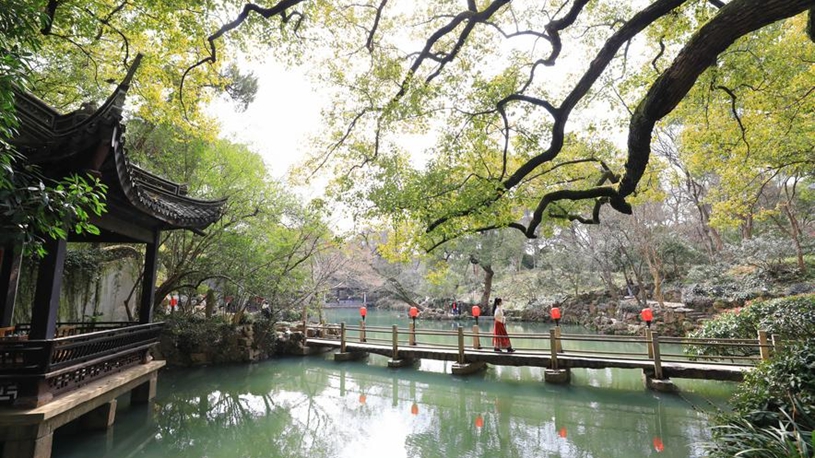Grand Egyptian Museum opens to public as Egypt's new cultural landmark
Source: Xinhua
Editor: huaxia
2025-11-05 05:52:15
CAIRO, Nov. 4 (Xinhua) -- The Grand Egyptian Museum (GEM) opened its doors to the public on Tuesday, establishing itself as one of the world's largest displays of ancient relics, and a high-tech fort dedicated to heritage conservation.
After two decades of construction, the nearly 500,000 square-meter GEM was officially inaugurated on the Giza Plateau, 2 km from the pyramids and the Sphinx, marking a significant milestone in Egypt's long effort to preserve and promote its archaeological legacy.
The main galleries display thousands of previously stored antiquities for the first time, housing the complete collection of some 5,992 artifacts from the tomb of the boy-king Tutankhamun.
In addition to acting as a major catalyst for Egypt's tourism sector, the GEM also serves as a hub for scientific research and restoration, housing one of the Middle East's largest and most advanced conservation and restoration centers.
"It's a museum that embraces the latest scientific innovations, using state-of-the-art technology to restore and conserve artifacts," Ahmed Ghoneim, CEO of the GEM told Xinhua.
He emphasized the museum's broader role, noting it is not only a museum, but rather it is a hub for education, scientific research, and heritage preservation.
"We aim to receive 15,000 to 20,000 visitors daily, and approximately 7 million visitors annually," he said, noting that the number of visitors on its first public day reached about 18,000.
Meanwhile, Abdulaziz Sultan, head of the packaging and transport team at the GEM, noted that it is a unique aspect that the GEM has a specialized team for the packaging and transportation of artifacts.
"This specialized team participated in the transfer of 57,000 artifacts to the GEM and has gained extensive experience," Sultan told Xinhua, stressing that the conservation center is also a scientific and cultural institution that distributes knowledge through training courses for interested individuals from other countries, covering restoration, packaging, storage, and exhibition techniques.
The opening of the GEM is key to Egypt's national plan to attract 30 million tourists annually by 2030.
Touring King Tut's hall, U.S. tourist Wendy Powers was impressed by the beauty of the matchless treasures of the young king.
"It is magnificent that the museum has all these collections ... There are tens of thousands of antiquities at the museum, and it would take me months to see all of them."
Locally, the sentiment was one of profound pride for Mohammed Khaled, a banker from Cairo, who said he felt "like walking into the future."
Construction of the museum began in 2005, but the project faced numerous delays over the years due to political instability and funding challenges.■













Comments